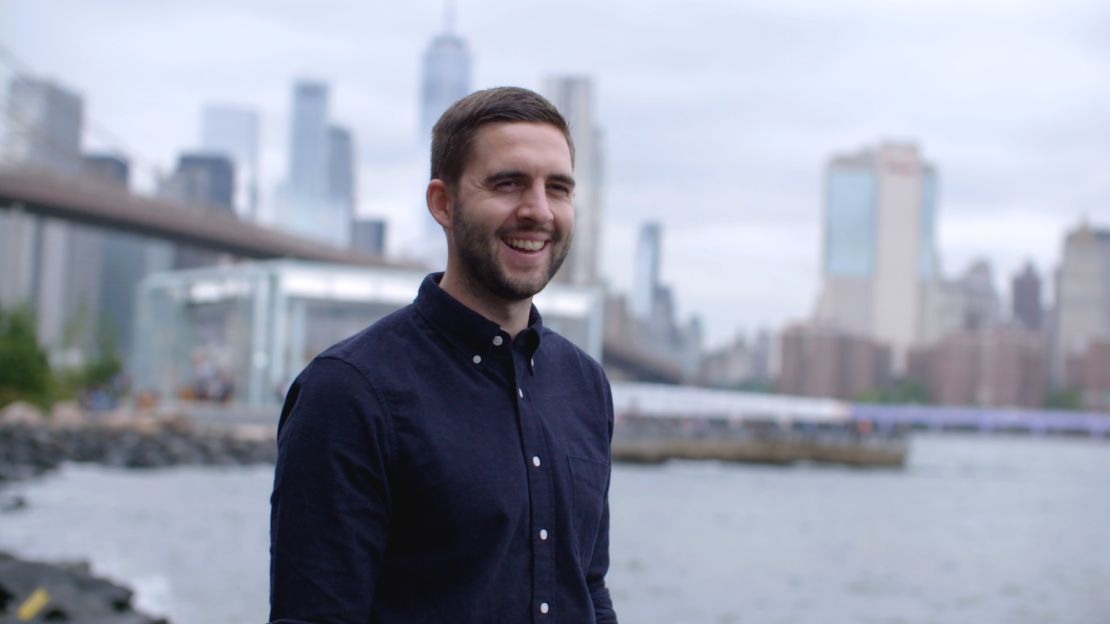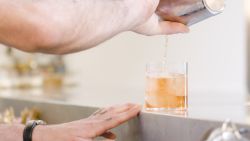It started with a trip to the dentist.
It was 2012 and Simon Enever had gone in for a cleaning. As he sat with his mouth open, his dentist started ranting about how people approach brushing and flossing as chores and often did these two basic things wrong.
“I asked the dentist why he felt his patients were getting these simple habits wrong, and he put it down to two things: That people did not like their oral care routine enough to want to invest time or energy in improving it, and most brands were more focused on selling expensive gimmicks rather than on guiding simple good habits,” he recalls.
The dentist’s rant struck a chord. An industrial designer, Enever realized there was an opportunity to create a product that provides abetter way to take care of one’s teeth.
“As a designer, my job [is] to make things more enjoyable,” he says.
Enever, who is now 31, teamed up with his friend, Bill May,a fellow industrial designer, and the two spent a year gathering insights from dentists. Enever says he was shocked to learn that the average person brushes their teeth for only one minute instead of the recommended two and that most people wait around nine months to change their worn out electric toothbrush heads, rather than the dentist recommended three months.
“We wanted to make a toothbrush that was accessible, desirable, and wanted by the 80% of people that have not ever upgraded or been bothered to upgrade their toothbrush [to an electric one],” says Enever. “By taking out all of the features that really didn’t make a big difference and focusing on the ones that really did, we could make something much more simple, affordable, and hopefully enjoyable to use.”

What the two came up with is an electric toothbrush with a clean, no-frills design.
The battery-operated Quip usessonic vibrations (where the motor vibrates the bristles back and forth) instead of rotations, providing a higher level of cleaning. Each brushing is automatically programmed tolast two-minutes and consists of 30-second intervals so that users can cover each zone in the mouth. Quip is meant to be portable and has a holder that can be attached to the wall with a suction cup. The starter kit costs $25 for a plastic model and $40 for a metal version. For a $5 fee, subscribers are sent a new brush head every three months.
The first shipment went out in November, 2015. To date, the Brooklyn-based startup hassold more than one million toothbrushes and has more than one million subscribers. Enever declined to disclose annual revenue or whether the business is profitable.
Creating an ‘oral care ecosystem’
As novice entrepreneurs, Enever and May struggled to get funding at first. “Pitching Quip at the beginning was a bit of a challenge,” says Enever.
Both were transplants to New York — Enever had moved from the United Kingdom and May from Virginia — and they lacked contacts in business and investing circles.
“For the first six months, we were piecing together $10,000 here, $20,000 there,” says Enever. “I think we had maybe $50,000 of funding for the first six months.”
They also faced rejection many times.
“Oral care isn’t a cool or a sexy industry,” he says. “We probably had 70 to 80 ‘no’s’ from investors, even through the first two or three years of our launch we were still struggling to raise money despite growing fast and acquiring users and members that were really passionate about the product.”
Eventually investors began to take notice ofQuip’smarket momentum, helped in large part by the brand’s heavy use of social media platforms like Facebook.
“Facebook was not just used as a marketing tool from the beginning. [It] was one of the most important user support tools. It really helped us from the very early days to understand how people were reacting to our products,” says Enever.
To date, the company has raised more than $62 million from both angel and institutional investors, including Sherpa Capital and Brainchild Holdings.
Looking ahead, Enever and May want Quip to become an oral health care “ecosystem.”
Enever says he wants Quip to help people improve every aspect of their oral care routine — from the products they use at home every day, to the professional dental services they need every six months, and everything in between.
“[This] will be through products beyond just the toothbrush and toothpaste, investing further in content and services that help guide and track better technique and healthy habits, and continuing to simplify and modernize the experience of accessing quality professional care services when and where you need it,” says Enever.
“It’s a bigger prospect [and] if we get it right, it will be around, hopefully, forever.”


























